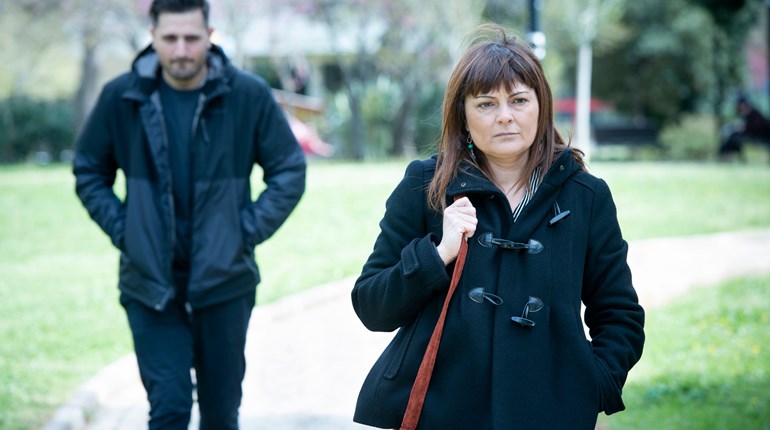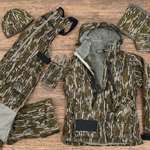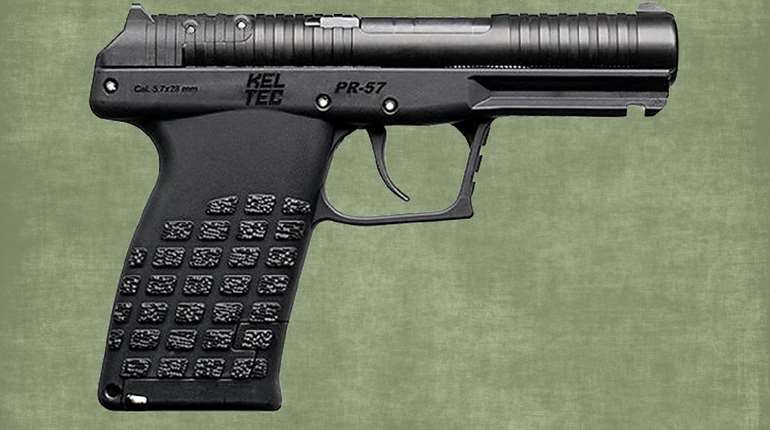
We use the word “ballistics” a lot, but it’s a very broad term—it really just means “the science of the motion of projectiles in flight” and “the study of the process within a firearm as it is fired.” In short, it covers all the “stuff” that happens to a bullet.
To break it down further, there are three main types of ballistics or three stages a projectile goes through during its flight, and it’s helpful to understand a little bit about what happens in each stage.
Stage 1: Internal Ballistics
This stage includes everything that happens to a bullet while it is still in the gun. When you pull the trigger, the firing pin strikes the primer or rim, igniting the powder inside the cartridge case. The pressure and heat and resulting gasses generated by this tiny little explosion force the projectile out of the chamber and propel it down the gun’s barrel. In rifles and handguns, the barrel is full of grooves called rifling, which are designed to cause the bullet to spin, as spinning projectiles (bullets and footballs!) are more stable in flight.
This gets incredibly sciency, and I’m no engineer, but suffice it to say there are hundreds of variables built into the gun and the ammo that affect the internal ballistics. What you really need to know is that although this is an extremely short stage, what happens during this fraction of a second can affect what happens next. This is why follow-through is so important, because believe it or not, moving the gun during this “dwell time” can send the projectile off-course.
This stage is so quick that you won’t be consciously aware of it when it’s happening, so you need to build good habits into your shooting routine that will help you minimize gun movement. Executing a smooth, straight trigger press, minimizing the torque your own body puts on the gun, and controlling recoil are the major components of a good follow-through that will help keep you from screwing up the projectile’s flight during its internal ballistics stage.
Stage 2: External Ballistics
This covers everything that happens to the bullet between when it leaves the muzzle and when it gets to the target. If you’ve followed-through properly so that gun movement didn’t affect the projectile while it was in the barrel, the major factors acting on the bullet in this stage are what’s built into the projectile and the gun (the rate of spin the rifling puts on the bullet, the size and weight of the bullet, etc.) and environmental factors.
The major environmental factors acting on the bullet in its flight are things like gravity, wind, and air resistance, which includes factors like atmospheric pressure, humidity, temperature and more. For example, ammo actually shoots faster on a hot day, because the powder burns hotter and therefore the pressure generated is higher. The farther the distance to the target, the more these kinds of factors come into play.
If you are shooting long range, you’re likely using a ballistic app that will allow you to input the current weather and atmospheric conditions, and it’ll take those into account when calculating your drag curve. Read this article about drag curve for more details.
The most fundamental thing to wrap your head around as it regards external ballistics is what a bullet’s trajectory looks like. Bullets travel in an arc, first rising, then making a slow decent back down to the line of the muzzle and lower than that until it strikes the target or (eventually, if not stopped by anything else) falls to the earth. The shape and length of that arced trajectory is what we call the drag curve, and a good ballistic app will calculate it for you and let you know exactly how far your bullet will have fallen at any given distance, allowing you to dial your scope’s elevation turret accordingly.
Stage 3: Terminal Ballistics
This is what happens when the bullet impacts the target. For target shooters, this isn’t much of a consideration, but it’s a very important factor for hunters who are relying on that bullet to do its job and cleanly and quickly dispatch an animal.
When a bullet strikes a target, it transfers most or all of its energy to whatever it hits. The design of the bullet and its velocity are the major factors that determine how much energy will transfer and what the transfer will look like.
Some bullets are designed to stay together longer and therefore penetrate deeper; other bullets are designed to expand or fragment more rapidly and create a larger (but often shorter) wound channel. Engineers use the design of the bullet’s tip, its jacket construction, its sectional density and other factors to create projectiles that perform differently depending on the intended game. The type of bullet you choose will depend on how tough and how large the animal is.
For example, you would not want extreme penetration on a small, light animal like a raccoon or a fox. An extremely fast bullet designed to stay together longer might zip right through the animal, retaining (and therefore wasting) much of its energy and creating only a thin wound channel. Choose a bullet that expands or fragments rapidly in this case. For big game, like deer, you need more penetration so the bullet reaches vital organs before it expends all its energy, but not too much, because you do want it to expand once it gets to the vitals rather than keep on going. For large, dangerous game like you might hunt in Africa, you need a bullet that will punch through thick hide and layers of muscle and even bone before it expands and expends its energy, because it had better reach vital organs or you could be in danger. Slower bullets that are made for slow energy expenditure are key here.
Fortunately, ammo manufacturers these days do a great job of labeling boxes with the appropriate type of game the projectiles are designed for. You’ll probably find a picture of a deer or a varmint on the box to make selection easy.















































